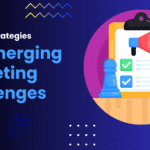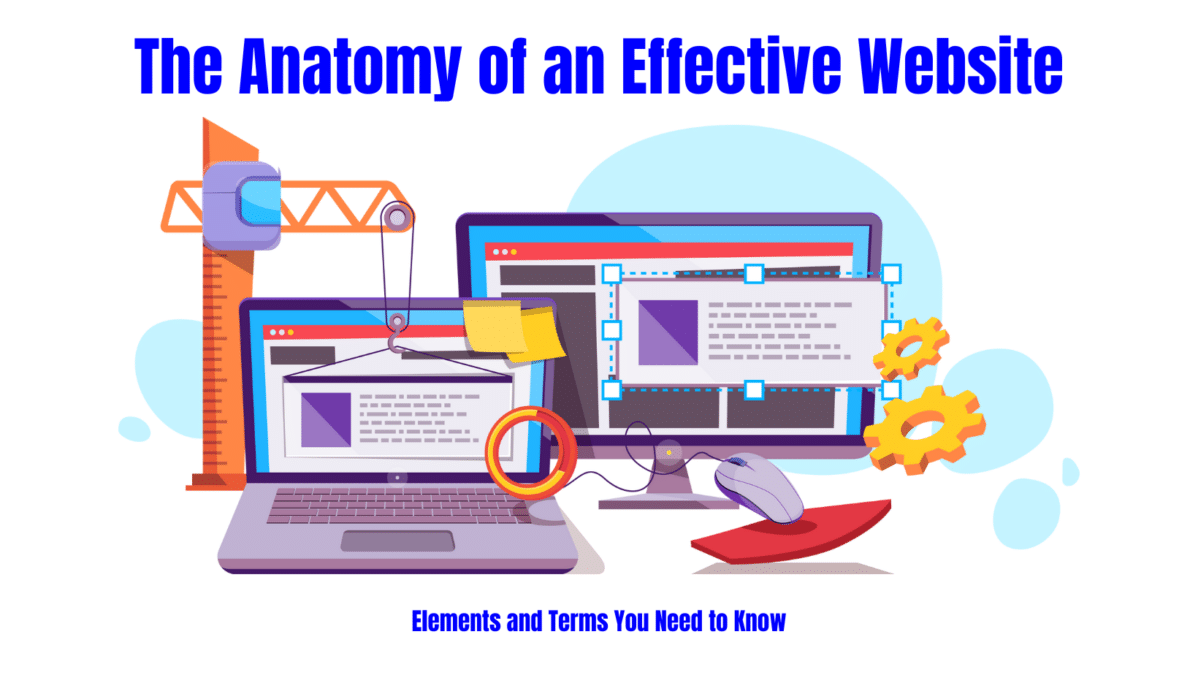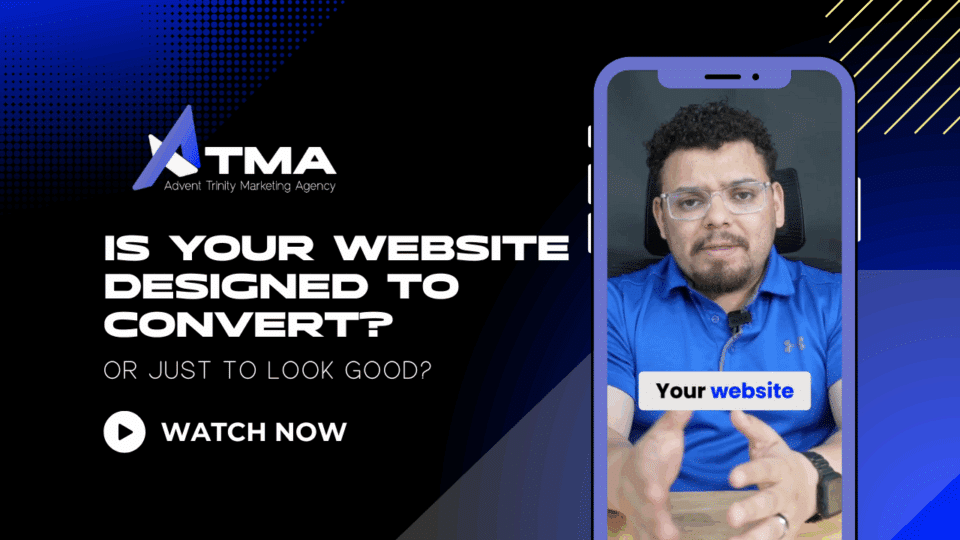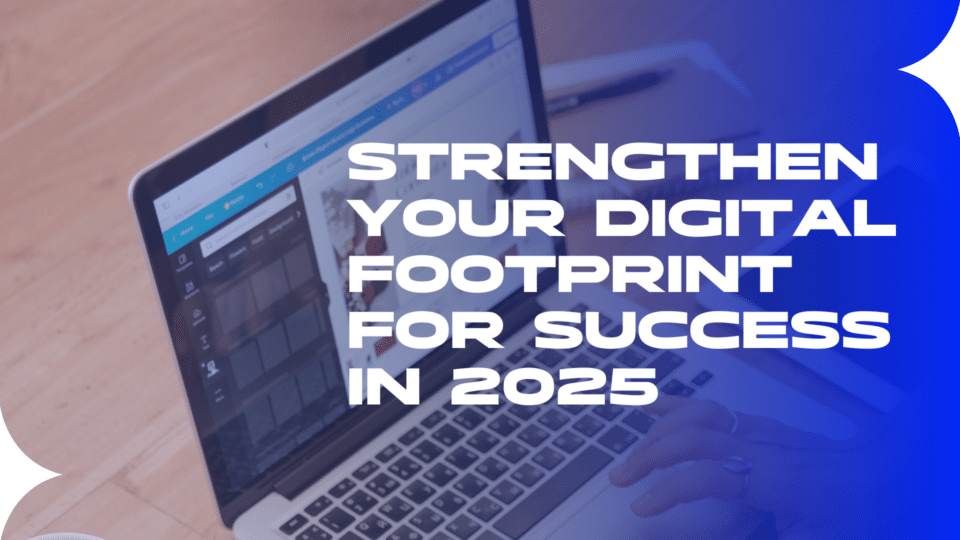
Targeted Strategies For Emerging Marketing Challenges
January 2, 2024
Two Lead Generation Tools That Will Get You Better Leads
January 16, 2024The Anatomy of an Effective Website: Elements and Terms You Need to Know
Explore the anatomy of an effective website for key insights on design, content, UX/UI, and maintenance to boost your online presence.
Understanding the essentials of website anatomy is key to building a strong online presence. In this exploration, we dissect the core elements that make up a successful website. Our focus is on providing clear, actionable insights into web design. We aim to equip you with the knowledge and tools necessary to enhance your site’s appeal and functionality.
Whether you’re refining an existing site or starting from scratch, this guide serves as your roadmap to developing a more engaging and effective online platform.
The Foundation: Website Structure and Layout
The structure and layout of your website are not just foundational; they are transformative. They shape the user journey, influencing how your content is perceived and interacted with.
The Backbone of Web Design: Understanding Website Structure
A website’s structure is its backbone. It guides visitors through your content, impacting their experience and your site’s effectiveness. A well-planned structure ensures users find what they need effortlessly. It’s not just about looks; it’s about creating a seamless path for your audience.
Essential Components: Headers, Footers, and Navigation
Headers, footers, and navigation menus are the signposts of your site. They lead visitors and provide quick access to vital information. A header introduces your site, often housing the main menu and brand logo. The footer rounds off the journey, offering additional information like contact details and legal links. Navigation menus are the map; they must be clear and intuitive, guiding visitors without confusion.
The Art of a User-Friendly Layout
A user-friendly layout is more than a convenience; it’s a necessity. It makes the difference between a fleeting visit and a lasting engagement. Such layouts prioritize ease of use, logical flow, and accessibility. Every element, from text to images, works harmoniously, creating an inviting and efficient user experience.
>>> REASONS VISITORS HATE YOUR WEBSITE <<<
Content: The Heart of Your Website
Content is not just what you present but how you present it. Its quality, variety, and organization are pivotal in capturing and maintaining user interest. By focusing on these aspects, you create a website that doesn’t just attract visitors (aka your target audience) but captivates them.
Engaging Audiences and Enhancing SEO with Quality Content
Quality content is vital for engaging users and boosting SEO. It’s the magnet that attracts and retains visitors. Engaging, informative content increases the likelihood of your site ranking higher in search results. It’s not just about filling pages; it’s about crafting messages that resonate and provide value.
The Content Spectrum: Text, Images, Videos, and Infographics
Diverse content types cater to different user preferences. Text offers depth and detail, while images add a visual dimension that can communicate at a glance. Videos provide a dynamic way to showcase information and stories. Infographics merge data and design, making complex information easily digestible. This variety ensures users find engaging formats that suit their needs.
Structuring Content for Optimal User Experience
The hierarchy of your content significantly impacts user experience. It’s about organizing information in a logical, coherent manner. This structure guides users through your site, creating a narrative flow. Well-structured content helps users effortlessly find what they seek, enhancing their overall experience on your site.
>>> YOUR WEBSITE IS NOT A BROCHURE: THE REASON WHY YOU NEED MORE QUALITY CONTENT <<<
Design Elements: Creating Visual Appeal
Design is a vital element in crafting an engaging online space. It’s the first thing users notice and plays a key role in their overall experience. Thoughtful design can make your website not just visually appealing but also functionally effective. By focusing on these key elements, your website can achieve a compelling visual presence while maintaining a user-friendly experience.
The Vital Role of Design in Website Effectiveness
Design goes beyond aesthetics. It’s about creating an intuitive and welcoming environment that resonates with users. Effective design can significantly enhance user engagement and contribute to the success of your site.
Essential Design Elements: Color Schemes, Typography, and White Space
Consider the power of color schemes, typography, and white space. Color schemes convey mood and brand identity, and typography ensures readability and character, and white space offers a clean, focused layout. Each of these elements works together to create a cohesive and attractive design.
Harmonizing Aesthetics with Functionality
The true skill in web design lies in the balance between aesthetics and functionality. Your site must be beautiful to draw in users and intuitive enough to keep them there. This balance is crucial for a website that is both attractive and easy to use.
>>> HOW AWESOME TYPOGRAPHY CAN SURPRISINGLY REVOLUTIONIZE WEB DESIGN <<<
Interactive Features: Enhancing User Engagement
Incorporating interactive elements can markedly improve how users engage with your website. These tools open doors for active participation, elevating your site beyond just a resource to a vibrant hub for visitor interaction. Skillful application of these features cultivates an animated and adaptable web presence.
Elevating User Experience with Interactive Elements
Interactive elements are crucial for an engaging user experience. They transform passive browsing into active engagement. These features encourage users to interact with your content, making their visit more memorable and meaningful.
Diverse Types of Interactive Features
Forms, chatbots, and call-to-action (CTA) buttons are key interactive tools. Forms gather essential information, fostering a connection with your audience. Chatbots offer instant assistance, enhancing user support. CTA buttons guide users towards desired actions, be it subscribing, purchasing, or learning more.
Implementing Interactive Elements Effectively
When integrating interactive features, focus on relevance and user-friendliness. Ensure that these elements align with your website’s goals and enhance the user journey. They should be intuitive, easy to use, and contribute positively to the overall user experience.
>>> CHATBOTS: GUARANTEED WAYS TO IMPROVE USER EXPERIENCE <<<
Backend Elements: The Technical Backbone
The backend of a website is where the magic happens, often unseen but crucial for functionality. It’s the engine room of your site, powering every user interaction and ensuring seamless, secure, and efficient experiences.
Key Backend Components: Hosting, CMS, and Plugins
Hosting, Content Management Systems (CMS), and plugins form the core of your website’s backend. Reliable hosting ensures your site is always accessible. A robust CMS lets you manage content effortlessly. Plugins extend functionality, adding essential features to your site.
Prioritizing Website Security and Performance
Security and performance are paramount in backend management. Protecting your site from threats and ensuring fast load times are not optional. They are necessities for maintaining user trust and providing a positive experience.
SEO’s Influence on Website Structure
Search Engine Optimization (SEO) plays a crucial role in how your website is structured. It influences everything from site architecture to content organization. Effective SEO strategies ensure your site not only meets user needs but also aligns with search engine criteria.
>>> SUCCESSFUL WAYS TO IMPROVE SEARCH VISIBILITY IN SEO<<<
Mobile Optimization: Catering to a Mobile Audience
Optimizing for mobile devices is critical in today’s high mobile usage. This section highlights the need for mobile responsiveness and discusses key factors for optimizing your website for mobile users and potential customers.
Mobile Responsiveness: A Key to Broader Reach
Responsive design is vital for engaging a wider audience effectively. It ensures your site adapts to various screen sizes, providing an optimal experience for every visitor, regardless of their device.
Priorities in Mobile Website Optimization
Considerations for mobile optimization include streamlined navigation, fast loading speeds, and touch-friendly interfaces. These factors are crucial for a positive user experience on mobile devices, keeping visitors engaged and likely to return.
Analytics and Tracking: Measuring Website Success
Incorporating web analytics into your website strategy allows you to understand and improve your site’s engagement and effectiveness. These insights are crucial for evolving your website to better meet the needs and preferences of your audience.
Key Performance Metrics to Monitor
Key metrics to track include pageviews, user engagement rates, bounce rates, and conversion rates. Regularly monitoring these metrics can reveal how well your website resonates with your audience and where adjustments may be needed.
Utilizing Tools and Techniques for Comprehensive Tracking
Effective analytics tracking relies on both the right tools and strategic application. Platforms like Google Analytics offer in-depth insights, while specialized tools can provide more targeted data. The key lies in consistent monitoring and analysis to guide enhancements to your website’s performance.
>>> TOP 10 METRICS WEBSITE OWNERS NEED TO TRACK THE MOST <<<
Accessibility: Ensuring Universal Access
Accessibility in web design is vital for creating an inclusive experience for all users. This overview highlights the critical role of accessibility, details its key components, and explores the legal and ethical aspects involved.
Critical Role of Website Accessibility
Ensuring your website is accessible to everyone, including those with disabilities, is fundamental. It’s about removing barriers that prevent interaction with, or access to, websites by people with a wide range of abilities. This practice is not only about usability but also about inclusivity and social responsibility.
Components of an Accessible Website
An accessible website considers various elements like text readability, easy navigation, and compatibility with assistive technologies. These features are designed to provide an equivalent experience for all users, regardless of their physical or cognitive abilities.
Legal and Ethical Considerations
Website accessibility also encompasses legal and ethical considerations. Compliance with standards like the Americans with Disabilities Act (ADA) and the Web Content Accessibility Guidelines (WCAG) is not just a legal requirement; it’s a commitment to ethical practice in digital spaces.
>>>WHY YOU NEED AN ADA-COMPLIANT WEBSITE TO BE COMPETITIVE <<<
User Experience (UX) and User Interface (UI) Design
UX and UI design are important elements in creating effective digital experiences for site visitors. Grasping the distinct roles of UX in guiding user interactions and UI in the design of elements like the navigation menu is vital. This understanding helps in addressing common design challenges, ensuring a user-friendly and visually appealing website.
Distinguishing UX from UI Design
UX design shapes the overall experience users have with your site, focusing on usability, functionality, and navigation. UI design, on the other hand, deals with the visual and interactive elements of the interface. While UX ensures the site is intuitive and functional, UI concentrates on the look and feel.
Principles for Effective UX/UI Design
Key principles of effective UX/UI design include user-centeredness, consistency, and simplicity. These principles aim to create designs that are not only visually appealing but also easy to use and navigate.
Avoiding Common UX/UI Design Pitfalls
Common pitfalls in UX/UI design include overlooking user feedback, overcomplicating the interface, and inconsistency in design elements. Avoiding these pitfalls involves regular user testing, maintaining simplicity, and ensuring a cohesive design language across your site.
>>> WEB DESIGN: 10 METHODS TO BETTER UNDERSTAND THE USER <<<
Ongoing Website Maintenance: Keeping Your Site Relevant
For a website to stay relevant and effective, consistent maintenance is key. This discussion emphasizes the importance of regular updates, outlines strategies for diligent upkeep, and highlights how user feedback plays a critical role in ongoing improvements.
Essentiality of Routine Maintenance and Updates
Frequent updates and maintenance are crucial for ensuring your website’s security, functionality, and alignment with current digital standards. Regularly refreshing content and technology keeps your site up-to-date and secure against potential vulnerabilities.
Strategies for Sustained Website Care
Implementing structured maintenance strategies is vital for your website’s health. This includes periodic performance evaluations, content refreshes, and staying abreast of the latest web technologies. A proactive approach in these areas helps mitigate issues and maintains smooth website operation.
Feedback as a Tool for Continuous Enhancement
Incorporating user feedback is instrumental in refining your website. Actively seeking and applying insights from your audience offers a direct view into their experiences and needs. This feedback loop is crucial for making informed adjustments that resonate with users.
Key Elements for an Effective Website
As we round off our exploration of effective web design, let’s revisit the key elements that form the cornerstone of a successful online presence. From the structure and layout that defines the foundation to the content that acts as the pulse of your site, from the crucial design elements that create visual appeal to the interactive features that enhance user engagement, and from the often-unseen but vital backend elements to the ever-important mobile optimization – each aspect plays a pivotal role in the success of your website.
Remember, a website is not a static entity but a dynamic one, constantly evolving. I encourage you to view your website as a living digital asset, one that requires regular care, updates, and adjustments to stay relevant and effective. Embrace the journey of continuous improvement, using the insights and principles discussed here to keep your site at the forefront of digital excellence.
Expertise in Website Design
Advent Trinity Marketing Agency excels in crafting engaging web pages and impactful landing pages. With a focus on showcasing your products and services through high-quality design, Advent Trinity ensures your website not only attracts visitors but also effectively communicates your brand’s message. By choosing us to build a website, you’re setting a foundation for a distinguished and effective online presence.




